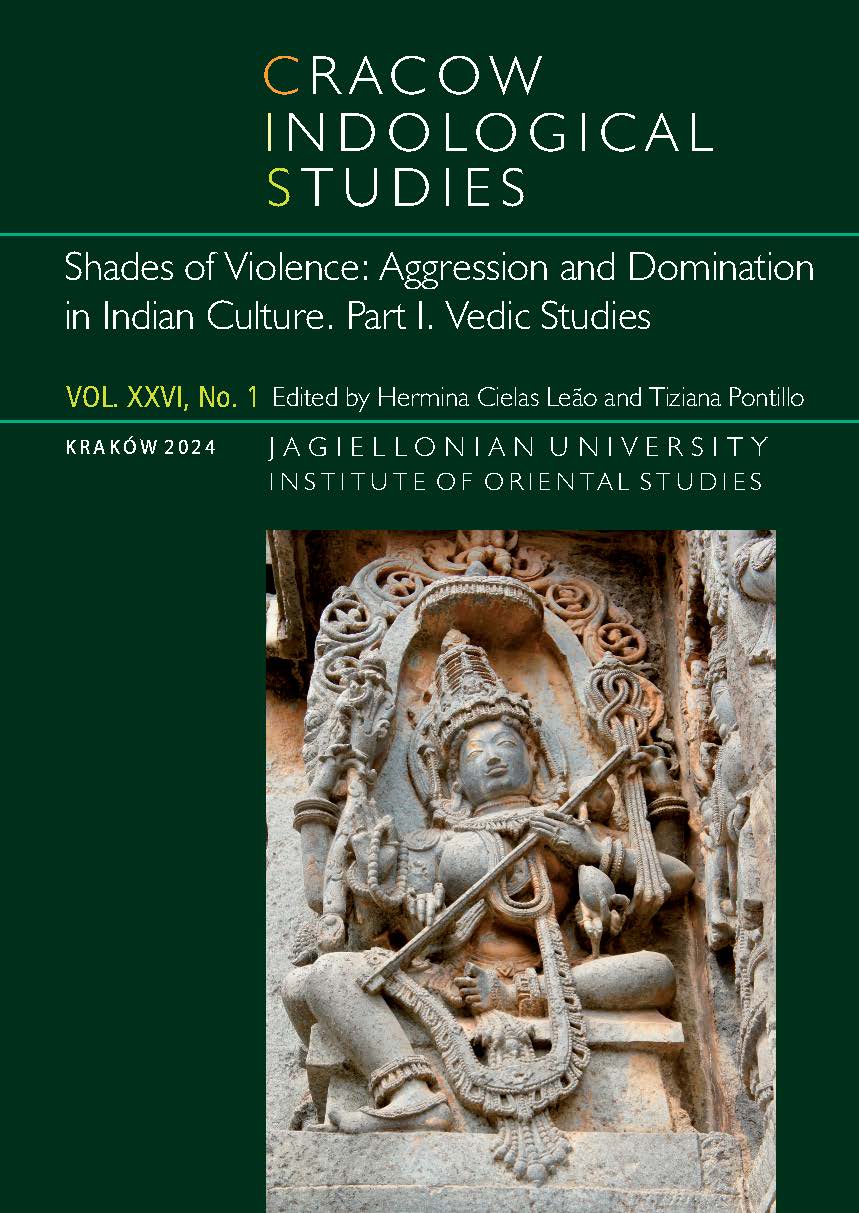Vrātya and vrātīna in Sanskrit Grammatical Sources
Vrātya and vrātīna in Sanskrit Grammatical Sources
Author(s): Valentina FerreroSubject(s): Sociology of Culture
Published by: KSIĘGARNIA AKADEMICKA Sp. z o.o.
Keywords: vrātya; vrātīna; Pāṇini; vyākaraṇa; grammatical commentaries;
Summary/Abstract: The present research aims at studying the derivation of vrātya- on the basis of the Aṣṭādhyāyī [A] of Pāṇini and on the relevant commentaries, to understand the Vedic usage of this lexeme and to investigate the origin of the notion of violence linked by default with the Vrātya identity. After a general overview of vrata- and vrāta- lexemes, rule A 5.2.21 vrātena jīvati is used to derive vrātīna-, and the relevant commentaries Mahābhāṣya [M], Kāśikāvṛttī [KV], and Siddhāntakaumudī [SK], turn out to be useful in understanding the many nuances of vrāta-. The derivation of vrātya- appears more complicated; the proposal advanced here resorts to A 5.3.113 vrātacphañor astriyām to explain both vrātyaḥ (nom. sg.), i.e., the outstanding ascetic mentioned in Śaunaka Atharvaveda-Saṃhitā and in Jaiminīya-Upaniṣad-Brāhmaṇa, and the more widespread vrātyāḥ (nom. pl.). Instead, other authoritative etymologies advanced over this last century interpret vrātya- as deriving from vrāta- based on vrata- (‘ritual vow’) or are influenced by the late association of Vrātyas with a violent behaviour.
Journal: Cracow Indological Studies
- Issue Year: 26/2024
- Issue No: 1
- Page Range: 141-161
- Page Count: 21
- Language: English

